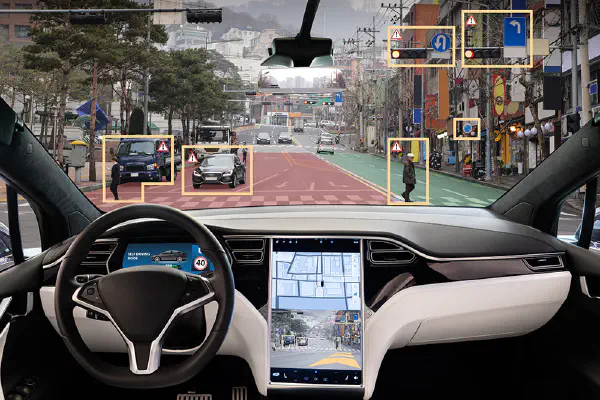
The road is a dynamic environment where countless factors come into play, making it vital for vehicles to have advanced systems that can detect and respond to obstacles in real-time. Image processing is a powerful technology that has been gaining prominence in recent years for its ability to significantly improve road safety. In this blog, we will delve into the fascinating world of obstacle detection using image processing, particularly focusing on how it can help prevent accidents on both straight highways and challenging curved roads.
Understanding the Basics of Obstacle Detection
Obstacle detection is a critical component of modern vehicle safety systems. It involves identifying and tracking objects or obstacles in a vehicle’s path, such as pedestrians, other vehicles, road debris, and more. By continuously analyzing the environment through cameras and other sensors, vehicles equipped with obstacle detection systems can make informed decisions to avoid accidents.
Challenges on Straight Highways
On straight highways, one might assume that obstacle detection is a straightforward task, but the reality is more complex. While the road ahead might seem predictable, there are various factors that can lead to accidents:
- High-speed traffic
- On highways, vehicles travel at high speeds, leaving limited time for drivers to react to obstacles.
- Driver fatigue or distraction
- Human drivers can get tired or lose focus during long highway stretches, making them more vulnerable to accidents.
- Sudden obstacles
- Debris, tire blowouts, or even animals can unexpectedly appear on the road, requiring swift action.
This is where image processing shines.
Image Processing for Obstacle Detection
Image processing relies on cameras and computer algorithms to analyze images and video feeds from the vehicle’s surroundings. Here’s how it works:
- Data collection
- Cameras capture real-time images or video of the road and its surroundings.
- Preprocessing
- The captured data is cleaned, enhanced, and filtered to improve the quality and accuracy of the images.
- Object detection
- Advanced computer vision algorithms identify objects within the images, categorizing them as potential obstacles.
- Tracking
- The system continuously tracks the detected objects’ positions, predicting their movements.
- Decision-making
- Based on the detected obstacles and their trajectories, the vehicle’s control system can make informed decisions, such as steering, braking, or accelerating to avoid collisions.
Curved Roads: A Unique Challenge
Curved roads add an extra layer of complexity to obstacle detection. The constantly changing perspective and tight turns can create blind spots and make it challenging to predict the path of other vehicles or obstacles. However, image processing can address these issues:
- Multiple perspectives
- Multiple cameras placed strategically around the vehicle can capture a comprehensive view of the surroundings, reducing blind spots.
- Predictive algorithms
- Advanced algorithms can predict the future positions of objects based on their current trajectories, helping vehicles navigate curves more safely.
- Dynamic calibration
- Systems can dynamically calibrate camera settings, such as focal length and exposure, to adapt to the changing road conditions during curve negotiation.
Conclusion
Obstacle detection through image processing is a game-changer in the realm of road safety. Whether on straight highways or curved roads, this technology empowers vehicles to make split-second decisions, significantly reducing the risk of accidents. With continuous advancements in computer vision and machine learning, we can look forward to safer roads and a brighter future where accidents become a thing of the past.
As image processing technology continues to evolve, we can expect even more sophisticated obstacle detection systems to keep our roads safer, making it a key player in the future of autonomous vehicles and road safety initiatives.